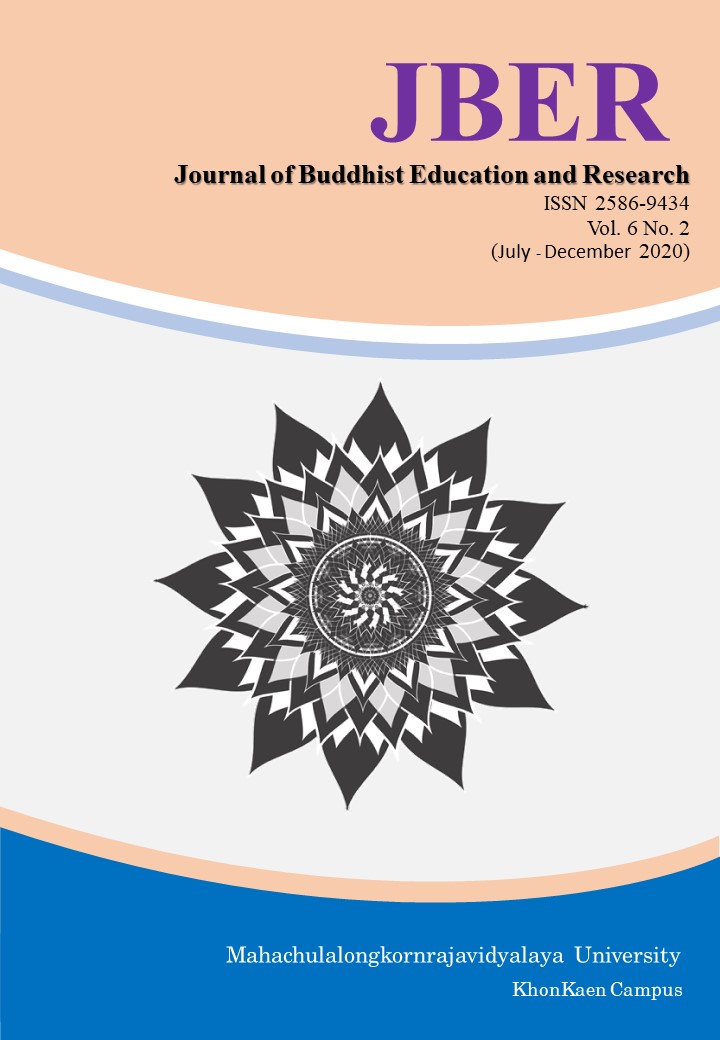THE ECONOMIC FEASIBILITY ANALYSIS OF ARABICA COFFEE PROCESSING PROCESS BY THE COMMUNITY ENTERPRISES IN MAE HONG SON PROVINCE
Keywords:
community enterprises, Binary Logit Model, feasibility analysisAbstract
Mae Hong Son province is located at the northwesternmost part of Thailand. Based on the cold temperature all year round, the place becomes a perfect area to grow coffee. Most of coffee farmers in Mae Hong Son sell their coffee cherry or parchment coffee to middlemen from outside the area. The significant problems are underselling of the products, lack of communication among coffee growers, and lack of quality of coffee processing and the knowledge in transforming parchment coffee to roasted and green coffee bean. This study was conducted to determine factors affecting the consumer selection of Arabica coffee products and analyze the economic feasibility in processing Arabica coffee product of community enterprises in Mae Hong Son province. The research design applied in this research is a purposive sampling of 200 people in Mae Sariang and Mae La Noi districts to analyze the first objective by using the Binary Logit Model. For the second one, a purposive sampling of 200 people in members of Mae Hong Son’s coffee community enterprises to analyze costs, benefits, and economic feasibility. The result of this study indicates that the target market of Arabica coffee is students and working age groups for their own consumption. The presence of product source is preferred. The marketing strategies are able to increase the possibility of purchasing the coffee product. The findings of economic feasibility analysis showed that the investment on processing coffee gives the worth of return on investment (gain the profit) and only takes the payback in 4 months. Overall, the paper draws new insights of the investment data analysis which benefits for future investment plan and marketing plan of coffee farmers, public, and government agencies of Mae Hong Son province.
References
Bank of Thailand. (2018). Loan Rates of Commercial Banks. Retrieved January 15, 2020. from https://www.bot.or.th/english/statistics/financialmarkets/interestrate/_layouts/
application/interest_rate/in_rate.aspx
Brent, R. J. (2008). Applied Cost-Benefit Analysis (2nd ed.). Cheltenham: Edward Elgar Publishing.
Chen, J. (1993). Social Cost-Benefit Analysis of China's Shenzhen Special Economic Zone. Development Policy Review, 11(3), 261-272.
Fais, A., and G. Bonati. (1997). Cost-benefit Analysis on GIS Applications for Agricultural Local Extension Services. Paper presented at the First European Conference for Information Technology in Agriculture. Available January 15, 2020. from http://www.inea.it/cartografia/page.html
Food and Agriculture Organization of the United Nations. (2015). FAO Statistical Pocketbook Coffee 2015. Retrieved January 15, 2020. from http://www.fao.org/3/a-i4985e.pdf
Information and Communication Technology Center. (2020). Top 200 exported products of Thailand. Retrieved January 15, 2020. from http://tradereport.moc.go.th/Report/Default.aspx?Report=MenucomTopNCountry&Option=1&Lang=Th&ImExType=1
Green, W. H. (2003). Econometric Analysis (5th ed.). New Jersey: Prentice Hall.
Greene, W. H. (2012). Econometric Analysis. (7th ed.). Upper Saddle River, New Jersey: Pearson Education.
Haines, D. (2019). What is Arabica Coffee? Arabica vs. Robusta: 11 Tasty Differences. Retrieved from https://enjoyjava.com/arabica-coffee/
Hosmer, W. D., Lemeshow, S., and Sturdivant, X. R. (2013). Applied Logistic Regression (3rd ed.). Hoboken, NJ: John Wiley & Sons.
Jaima, K., Futhananchai, P., Chaportam, J., Promchai, N., Thongin, R., and Janin, S. (2018). Cost and Benefit of Planting and Processing Arabica Coffee: A case study of Tua-Ka-Me-Coffee, Chae Son Sub-district, Muang Pan District, Lampang Province. Journal of Innovative Technology Research, 2(2), 69-78.
Krajang, D. (2008). Buying behavior of ready-to-drink instant coffee among consumers in Muang District, Chiang Mai Province. Master of Business Administration Thesis. Chiang Mai: Maejo University.
Mae Hong Son Provincial Agricultural Extension Office. (2018). Summary of plant production information in Mae Hong Son Province B.E.2561. Retrieved from http://www.maehongson.doae.go.th/?page_id=617
National Bureau of Agricultural Commodity and Food Standards. (2009). Thai Agricultural Standard TAS 5701-2009 Arabica coffee bean. Bangkok: National Bureau of Agricultural Commodity and Food Standards.
National Research Council of Thailand. (2017). 20 Years Research and Innovation Strategy (2017-2036). Retrieved January 15, 2020. from https://www.nrct.go.th/Portals/0/Document/strategy60-79completecompressed.pdf
Sirichai. (2016). Coffee Cherry Physiology. Retrieved January 15, 2020. from https://beanshere.com/posts/coffee-cherry-physiology-3/
Sirichai. (2018). Coffee (101) – Basic knowledge of coffee. Retrieved from https://beanshere.com/posts/coffee-history-basic-brewing-roasting-%E0%B8%81%E0%B8%B2%E0%B9%81%E0%B8%9F-101/
Tianrasiri, C. (2008). Cost and Benefit of Arabica Coffee Plantation in Doi Saket District, Chiang Mai Province. Master of Business Administration Thesis. Chiang Mai: Chiang Mai University.
Tourism Authority of Thailand. (2020). Mae Hong Son. Retrieved from https://www.tourismthailand.org/Destinations/Provinces/Mae-Hong-Son/106
Treewetvinij, W. (2009). Marketing Mix Factors Affecting Consumers' Buying Decision of Fresh Coffee In Muang District, Nakhonsawan Province. Master of Business Administration Thesis. Chiang Mai: Chiang Mai University.
USDA. (2019). Coffee: World Markets and Trade. Retrieved January 15, 2020. from https://apps.fas.usda.gov/psdonline/circulars/coffee.pdf





